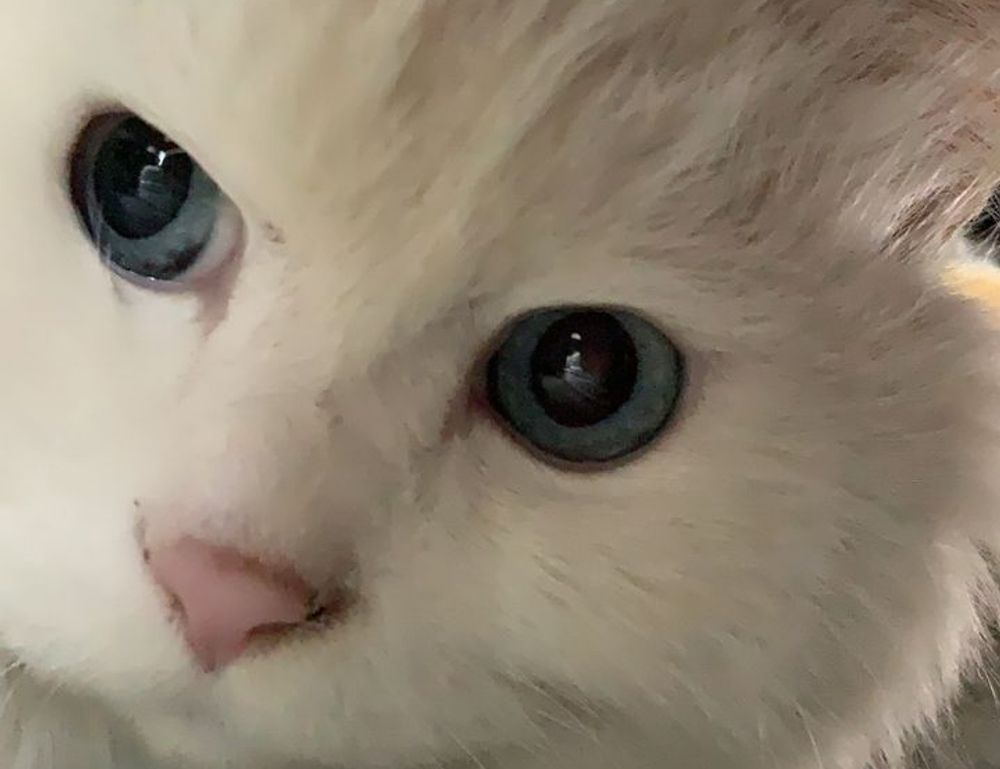If you’ve ever wondered exactly what a graphic designer does, you’re not alone. With job titles that stretch from “visual storyteller” to “UX wizard,” it can get confusing fast. But if you’re here to find out what a graphic designer can make, we’ll break it down clearly—no fluff. From logo creation and brand design to YouTube thumbnails and social ads, discovering gfxtek gives you a closer look at exactly what a graphic designer can make gfxtek style.
Understanding the Scope: It’s More Than Just Logos
When most people think of graphic design, logos tend to come to mind first. But that’s just one part of a larger toolkit.
Graphic designers handle a variety of visual work to help brands communicate better—from digital interfaces and marketing materials to merchandise and print media. If it’s visual and supports messaging, a designer likely touched it.
For a sense of scale, here’s a snapshot of the types of things graphic designers regularly produce:
- Brand identity systems (logos, colors, typography guidelines)
- User interface elements (buttons, icons, app screens)
- Social media visuals (banners, post templates, story animations)
- Infographics and presentations
- Brochures, flyers, stationery
- Package designs
- Motion graphics and short animations
Each piece requires different tools, creative thinking, and an understanding of the brand’s audience. That variety is what makes the job both exciting and complex.
Digital Assets: The Workhorse of Online Brands
Let’s zero in on what a graphic designer can make gfxtek and beyond in the digital realm. Most brands rely heavily on having personalized content online. This could mean designing:
- Website layouts and assets
- Email headers
- Digital ads (both static and animated)
- Web banners and promo images
- Social media carousels
A good designer optimizes each image to work well on its platform while making sure it still reflects the brand identity. It’s about being sharp and adaptive in a fast-moving space.
With the rise of e-commerce, the demand for eye-catching product images and engaging landing page visuals has surged. Graphic designers often collaborate with UI/UX teams, marketers, and web developers to make these assets not just attractive, but functional.
Print Isn’t Dead: From Concept to Physical Product
Print design may not be as dominant as it once was, but it’s still relevant—and crucial. Graphic designers produce everything from business cards to large event signage. Here’s what print work might include:
- Posters and flyers for events or promotions
- Book and magazine layouts
- Product packaging and labels
- Menus, catalogues, and product sheets
Preparing files for print calls for precision and a solid understanding of print specs, bleed areas, and color management. Errors at this stage can be costly, so designers have to balance creativity with careful technical execution.
Branding: Strategy and Execution Meet Visuals
The real value of a skilled designer goes beyond singular deliverables. It’s about building or upholding a consistent brand voice across platforms.
This includes developing:
- Complete brand guides
- Brand story visuals
- Logo variations for different needs
- Mood boards and brand palettes
In modern marketing, a visual identity is as critical as tone and messaging. Designers help create and manage that identity in everything from a favicon to trade show displays.
Recognizing what a graphic designer can make gfxtek helps you understand how cohesive messaging is carried across digital and physical spaces. It’s meticulous work with strategic impact.
Content Creation & Social Media: Designed to Engage
If content is king, design is its armor. Designers have become essential to content creation, especially with the push toward visual storytelling on platforms like TikTok, Instagram, and YouTube.
Social creatives typically created by designers include:
- Thumbnails and end screens for video platforms
- Skimmable carousels for Instagram or LinkedIn
- Branded quote graphics or blog visuals
- TikTok overlays and sequencing frames
Each asset not only has to look great but has to stop people mid-scroll. That’s no accident. Designers study layout hierarchies, typography legibility, color psychology, and platform behavior to make media that grabs.
Motion Design & Animation: Growing Demands
In recent years, motion graphics have surged in popularity—and designers with animation skills have become even more in-demand.
Some examples of motion work include:
- Intro animations for YouTube channels or video content
- Ads and banner animations (GIFs and HTML5)
- Explainer videos
- UI animations and transitions
Motion brings static visuals to life. This requires an additional skill set—storyboarding, understanding timing, and often using tools like After Effects or motion components in Figma.
What a graphic designer can make gfxtek grows exponentially when motion enters the equation—more ways to express a story in a dynamic visual format.
Tools of the Trade
Behind every great design is a power-packed set of tools. Here are some of the core platforms most graphic designers lean on:
- Adobe Creative Suite (Photoshop, Illustrator, InDesign, After Effects)
- Figma and Sketch (mostly for UI/UX work)
- Canva and Visme (quick marketing designs)
- Procreate (for illustrations)
- Blender or Cinema 4D (for 3D elements)
Tools evolve, but the solid foundation—a designer’s eye for layout, typography, consistency, and intent—is always what matters most.
Conclusion: Design is the Backbone of Visual Communication
Whether you’re launching a new product, refreshing your brand, or just trying to show up better on social media, chances are good that a graphic designer is key to the process.
Knowing what a graphic designer can make gfxtek makes it clear: their work is about more than just pretty pictures. It’s intentional, structured, and meant to drive visual clarity and brand performance.
Having someone who understands both the visuals and the strategy is what makes great design tick. And with the digital world growing louder by the second, standing out visually isn’t optional—it’s essential.
